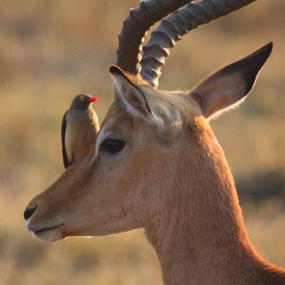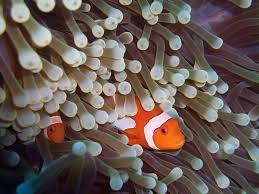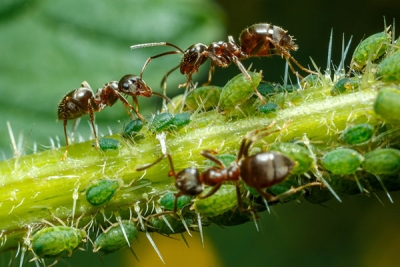
Oxpeckers are birds that eat ticks, flies and other insects from cattle and other grazing mammals. The oxpecker receives nourishment, and the animal that it grooms receives pest control. Oxpeckers are birds that are commonly found on the sub-Saharan African savanna. They can often be seen sitting on buffalo, giraffes, impalas, and other large mammals. In addition to parasite and pest removal, oxpeckers will also alert the herd to the presence of predators by giving a loud warning call.
Despite their vampiric tendencies, the oxpecker does have qualities that benefit its mammalian hosts. As well as eating ticks and other external parasites, the oxpecker acts as a watchman for the mammals on which it happens to be situated. When danger approaches, a hissing call warns its host to a potential and nearby predatory threat thus allowing the host ample opportunity to either fight or flee.
Picture Credit : Google





